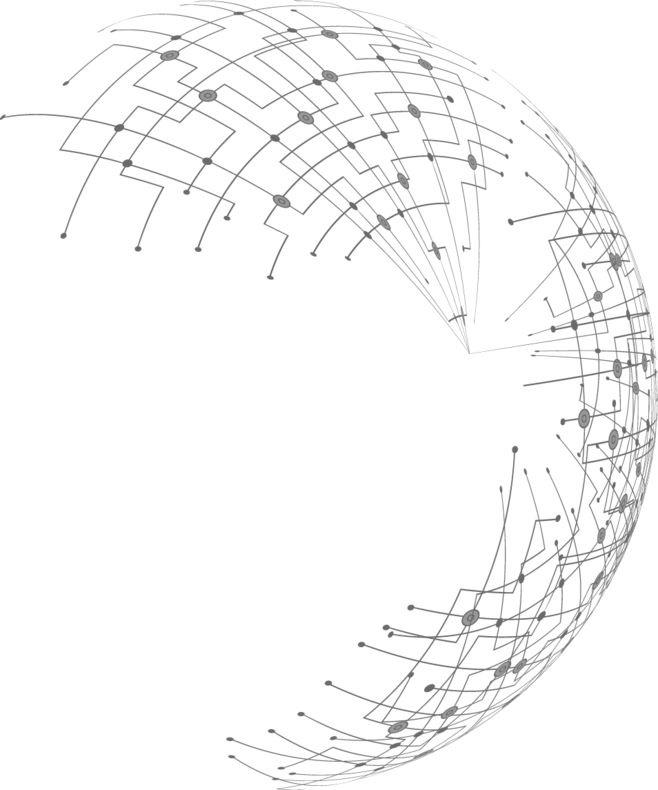
3 minute read
EVOLUTION OF BEHAVIORAL FINANCE
“Human nature is complex. Even if we do have inclinations toward violence, we also have an inclination to empathy, to cooperation, to self-control.” -Steven Pinker
Every investor can safely say that investing in stocks elicits a wide range of emotions, from the agony of seeing your investment lose value to the joy of seeing your investment rise higher and higher, and these emotions can result in mistakes and misjudgments. Behavioral finance tells us how these emotions and psychological and cognitive elements affect their investment choices. Multiple studies have stated that humans make completely irrational decisions. Behavioral finance can help explain this gap between expected and actual efficient, rational investor behavior. It encompasses behavioral economics, psychology, and microeconomic theory insights. In economics, the mideighteenth century is regarded as the start of the classical period.
Advertisement
John Stuart Mill coined the term "economic man" or "homo economics" in 1844
It describes a person who acts rationally on complete knowledge out of self-interest and a desire for wealth, attempting to maximize his economic well-being provided the limitations he faces. He proposed three underlying assumptions:
Perfect rationality, Perfect self-interest, and Perfect information.
These assumptions served as the foundation for the traditional financial framework.
Academic finance is another name for standard finance. Modern Portfolio Theory, for example, arose in the 1950s and early 1960s. Following that, it gained widespread acceptance in academia According to this theory, investors are entirely rational decisionmaking entities. The theory also accepted that stock prices always reflected the most up-to-date information about fundamental values and that prices changed only in response to sound and sensible information Using rational expectations, 1970s finance models linked speculative asset prices to economic fundamentals.
As a result, finance was linked to the entire economy. The standard finance was based on the following four foundations:
Investors are rational Markets are efficient Investors should design their portfolios according to the rules of Mean-Portfolio Theory
Expected returns are a function of risk, and risk alone.
These foundations are based on the theories given by Merton Miller, Franco Modigliani, Eugene Fama, Harry Markowitz, William Sharpe, etc. For a long time, these theories were accepted and regarded as an explanation for investor and market behavior But now, many researchers have found that these theories are not complied with in the actual market. They have begun to recognize that these theories are based on how market participants should behave rather than how they actually behave. This resulted in the emergence of behavioral finance, which takes into account investors' irrationalities and biases.

CONCLUSION:
Behavioral finance is not restricted to specific asset classes. It applies to all types of investments. It impacts the individual investor and the entire market at the micro and macro levels
At the micro-level, behavioral finance theories are derived by comparing the assumptions of rational behavior in classical theories to the imperfect behavior displayed by market participants. At the Macro-level, behavioral finance contests and refutes two significant financial theories. The efficient market hypothesis and Harry Markowitz's portfolio theory are two examples of such theories.
A common misconception is that behavioral finance only applies to stocks and bonds. However, behavioral finance will be relevant whenever humans attempt to make investment decisions.
For years, experts have been studying the field of behavioral finance It has given new insights that have the potential to change the way we participate in markets and better understand consumers. Understanding the psychological makeup of consumers and investors can help you spot investment opportunities and avoid mistakes
K.Mrunalini Rao

Crossword Down Across

1.The more you take, the more you leave behind. What am I?

2 What belongs to you, but other people use it more than you?
3.What's 3/7 chicken, 2/3 cat, and 2/4 goat?
6.I am something people love or hate. I change people’s appearances and thoughts. If a person takes care of them self, I will go up even higher. To some people I will fool them To others I am a mystery. Some people might want to try and hide me but I will show. No matter how hard people try I will Never go down. What am I?
4. You have me today, Tomorrow you'll have more; As your time passes, I'm not easy to store; I don't take up space, But I'm only in one place; I am what you saw, but not what you see. What am I?
5. No matter how little or how much you use me, you change me every month. What am I?








